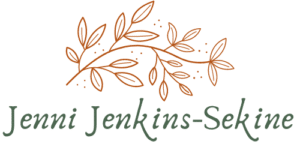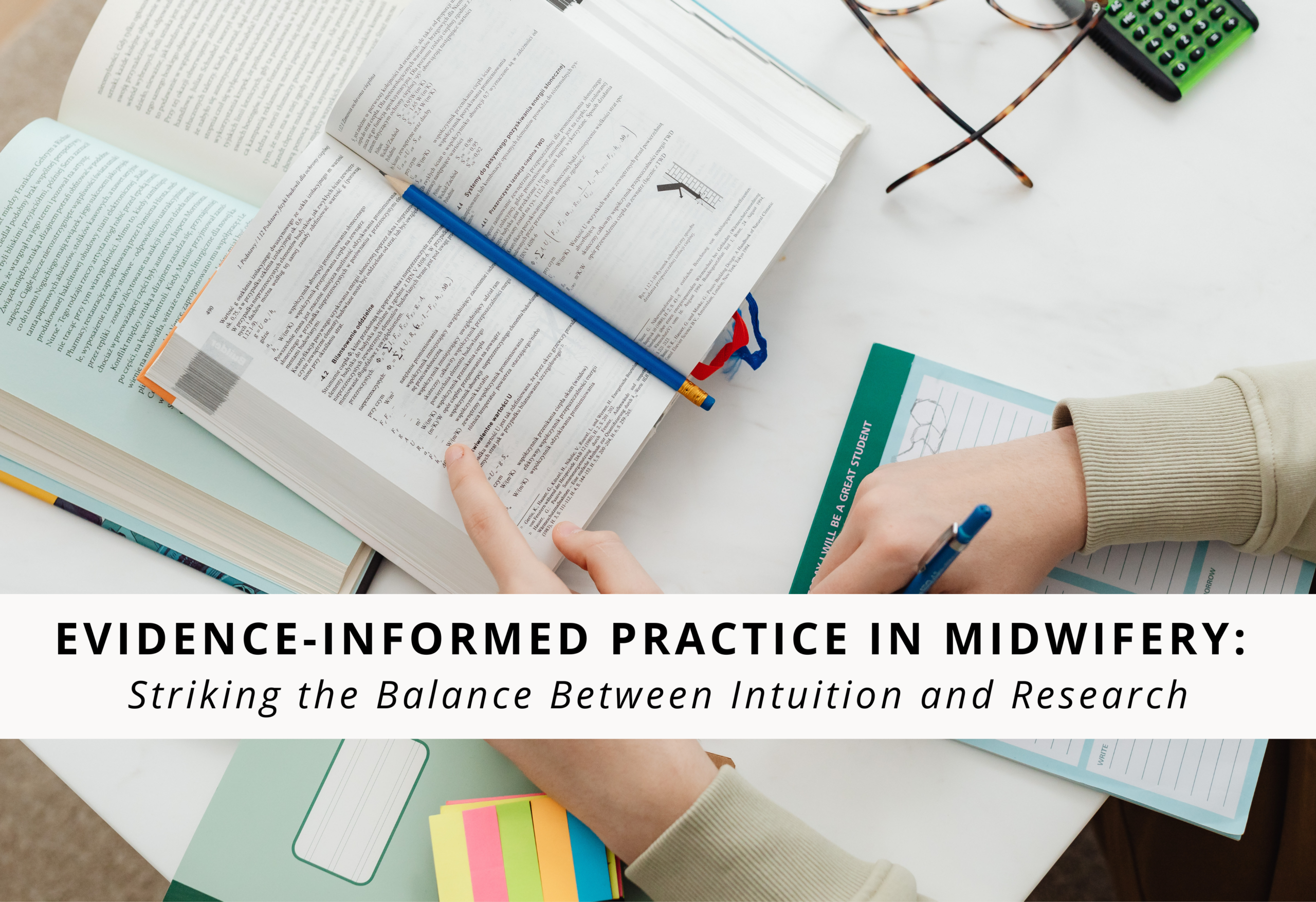Table of Contents
The field of midwifery, as ancient as human civilization itself, has seen an exponential growth in knowledge with the rise of modern medicine. While it is imperative for all medical professionals, including midwives, to stay abreast of the latest findings in evidence-based practice, doing so can be challenging. First, the practical restraints of time and finance can create barriers for midwives to continually update their knowledge despite their crucial role in childbirth and maternal care (De Leo, 2019).
The vast and ever-changing expanse of research often requires significant investment in both hours and funding, which might not always be feasible. Furthermore, midwifery is deeply intertwined with cultural and traditional practices, and introducing new evidence can sometimes be at odds with historical and cultural norms. As midwives aim to provide the most informed and safe care, they must also navigate the complex web of respecting traditions, individual beliefs, and evidence-based practices. Balancing the modern with the ancestral is no easy feat, and the journey toward integrating evidence-informed practice is paved with both challenges and opportunities.
Navigating the Challenges of Evidence Informed Practice in Midwifery
One of the primary challenges midwives face in incorporating evidence-informed practice is the time and financial constraints inherent to midwifery (De Leo, 2019). Like their counterparts in other healthcare provider fields, midwives are tasked with sifting through an expansive and constantly changing research landscape. Often bound by tight schedules and numerous responsibilities to their clients and business, these professionals may struggle to find the time and means to stay current with the latest findings.
Midwifery is not alone in this struggle to implement the most recent evidence. New evidence can take years to be adopted by providers in fields where evidence integration is a top priority (Greenhalgh, 2014). It is not merely about being informed but equipping themselves with the most recent knowledge to provide the best care possible. Even though the importance of regular professional development and training in up-to-date, evidence-based practices must be supported, facilitating such opportunities can present logistical and monetary hurdles.
Cultural Competence in Midwifery: Navigating Tradition, Beliefs, and Evidence Informed Practice
Another compelling challenge in midwifery is the intersection of evidence-informed practice with deeply ingrained cultural and traditional beliefs surrounding childbirth. The tapestry of midwifery is woven with rich histories and practices that vary vastly across different cultures.
While the best clinical evidence might present more efficient or safer practices, it can lose effectiveness if it does not resonate with the beliefs and values of the expectant person. This is because “safety has physical, psychological, social, cultural, and spiritual dimensions” (Renfrew et al., 2020, p. 2). Integrating contemporary research into these age-old traditions requires an adept touch, ensuring that communities are neither disrespected nor precious traditional knowledge dismissed.
Research in this sphere often fails to consider the myriad cultural nuances associated with childbirth, emphasizing the importance of cultural competence in midwifery. Without it, the application of evidence can inadvertently provide care that feels impersonal or inappropriate to the client.
Moreover, some clients have strong beliefs about their birthing experience that might diverge from the latest evidence. In such cases, midwives tread a tightrope, aiming to respect patient autonomy while ensuring safety and well-being. As Sacket et al. (1996), pointed out, the essence of expertise in healthcare is not just about effective diagnosis but also about recognizing and empathetically responding to every patient’s individual needs, rights, and preferences.
Balancing Evidence Informed Practice and Client Values is A Universal Healthcare Dilemma
Interestingly, the challenges midwives face mirror those physicians encounter in many respects. Both midwives and physicians are enmeshed in the demands of their hectic schedules and must carve out moments to delve into emerging research to remain at the forefront of their practice. Furthermore, the clients these health care professionals cater to have distinct and unique beliefs, goals, and values, which mandates a universal need for sensitivity. Whether a midwife or a physician, each client interaction requires a tailored approach, ensuring that clinical recommendations align with and respect the individual’s unique perspective and desires.

In conculsion
In conclusion, the realm of midwifery, which is as old as humanity itself, grapples with integrating ever-developing new evidence amidst tradition and culture. While scientific evidence’s progress is inevitable, midwives must continually evolve without losing the essence of their intuitive wisdom. This is not a challenge unique to midwifery alone. Despite their busy routines, physicians must assimilate emerging research into their practice while catering to patients’ unique beliefs and values.
Be it a midwife or a physician, the dual task of navigating the logistical barriers of continuous learning and providing care that’s not only evidence-based but also deeply personalized, sensitive, and culturally attuned remains. As the keepers of traditional pregnancy and childbirth care, midwives possess the responsibility of merging the old with the new. Their journey encapsulates the broader challenge within healthcare: to harness advancements in the field while honoring the human, cultural, and emotional facets intrinsic to patient care. This delicate balance midwives face is a testament to their resilience, dedication, and unwavering commitment to the birthing people and families they serve.
References
De Leo, A., Bayes, S., Geraghty, S., & Butt, J. (2019). Midwives’ use of best available evidence in practice: An integrative review. Journal of Clinical Nursing, 28(23-24). 4225- 4235. https://doi.org/10.1111/jocn.15027
Greenhalgh, T. (2014). How to read a paper: The basics of evidence-based medicine (fifth edition). John Wiley & Sons
Renfrew, M. J., Cheyne, H., Craig, J., Duff, E., Dykes, F., Hunter, B., Lavender, T., Page, L., Ross-Davie, M., Spiby, H., & Downe, S. (2020). Sustaining quality midwifery care in a pandemic and beyond. Midwifery, 88, 102759. https://doi.org/10.1016/j.midw.2020.102759
Sackett, D. L., Rosenberg, W. M., Gray, J. A., Haynes, R. B., & Richardson, W. S. (1996). Evidence-based medicine: What it is and what it isn’t. BMJ (Clinical Research Ed.), 312(7023), 71–72. https://doi.org/10.1136/bmj.312.7023.71
Read more
Want to learn about midwifery, doula work, birth preferences and more? Please Click Here to go to Jenni’s blog.





